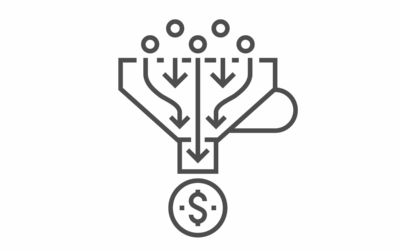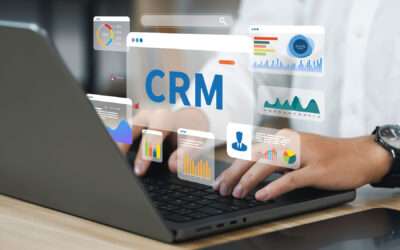Successful marketing pushes your business forward, whether it’s getting your name in front of new audiences or cultivating relationships with those already familiar with your brand. But if you aren’t careful, your campaigns can stall, leading to stale messaging, depleting mindshare, and a loss in marketing momentum. Once audience attention is lost, it’s even more challenging to regain it. The market for customer attention is competitive, so it’s crucial to keep your messaging fresh and your tactics sharp. And audiences tend to label the forgotten as irrelevant, another hurdle to overcome.
Max Patel, our VP of Growth Marketing, sat down to answer some questions about why campaigns can stall and what businesses can do to keep the proverbial ball rolling.
What are some of the most common reasons campaigns lose marketing momentum?
Max Patel: There are many reasons, but not having enough ads in rotation, not embracing the customer’s perspective, not leveraging data to its full potential, and failing to market across the entire customer journey are probably the ones we see the most.
Would you say any of these reasons are more common than the others?
MP: I would say not taking the end-user perspective is the biggest one. It prevents you from seeing where you can improve. Businesses are experts when it comes to their products and services, but no one knows the audience better than themselves.
So how should businesses go about taking the perspective of the customer?
MP: Obviously, things like customer feedback, comments on social, etcetera can provide insights on customer pain points, but that only tells you about those who took the time to say something. What about everyone who stayed silent and quietly went to a competitor? Data is where businesses really need to be looking. It’s like an early warning system for performance.
Businesses have a lot of data to go through. How do they know what to look for if they’re worried about losing marketing momentum?
MP: It comes down to two things. First, you need to know your objective. How are you defining success for this campaign? Is it to boost sales from a specific region? Is it to spread brand awareness or increase customer engagement? You need to define that first and then translate what that success looks like in terms of key performance indicators (KPIs). At T/K, we want to track the performance KPIs that add the most value to the client; that means sitting down with them and really getting to know what they are trying to do.
Second is your tools. The right tools make it easier to understand data. There are lots of great options available depending on what you want to do and how much you want to invest. We like HubSpot because it’s incredibly user-friendly, which makes it easier for our clients to dissect their user data. It also has good, centralized dashboards for all a business’s marketing efforts, which makes it a great CRM. Third-party platforms like Google Data Studio, Tableau, Whatagraph and Agency Analytics are also good for diving into user data and mining it for intelligence that informs targeting and messaging. Google’s tools are great because they work well and they’re free. Data Studio lets you pull in data from other native ad platforms like Google Ads, Facebook and LinkedIn. And Google Analytics 4 allows you to organize your data through event triggers for even more intelligence.
Let’s go back to some of the other reasons you listed. You mentioned not thinking through the entire customer journey. How is that different from considering the customer perspective?
MP: The customer perspective is how they think of you and your product. This product helps me do this, but I wish it could also do that. That’s perspective. The customer journey is more tactical. It’s thinking through how your customer buys your product, from learning about your brand to purchasing and beyond. When we see clients who haven’t thought through the customer journey, their marketing efforts often stop at, “Hey, come buy this.” Or maybe they tack on some retargeting with previous customers, but they’ve been radio silent since the initial purchase. The customer journey isn’t just about sales; it’s also about maintaining those relationships to drive more value. You need marketing efforts that address every stage consistently.
Can you talk about not having enough ads in rotation? People don’t usually want more ads.
MP: It’s not quite the same thing. Digital marketing often has to consider what’s called ad fatigue. It’s what happens when a prospect sees the same ad too many times, and it’s one of the quickest ways to lose marketing momentum. An ad becomes less effective each time a customer sees it; if they see it too many times, it can even turn them off your company. If you are only running one or two ad variations at a time, your audience will get sick of them quickly. We generally recommend running 3 to 5 creatives for each campaign.
And how long should you let an ad run for? Should you leave it alone if it’s performing well?
MP: We recommend refreshing campaign creatives monthly, but you have enough data to gauge performance as early as two weeks. If an ad is performing well, you can still learn from it by introducing new variations. A simple image swap or copy tweak could yield even better results. The trick is to always be learning from your audience. There is always room for improvement.


